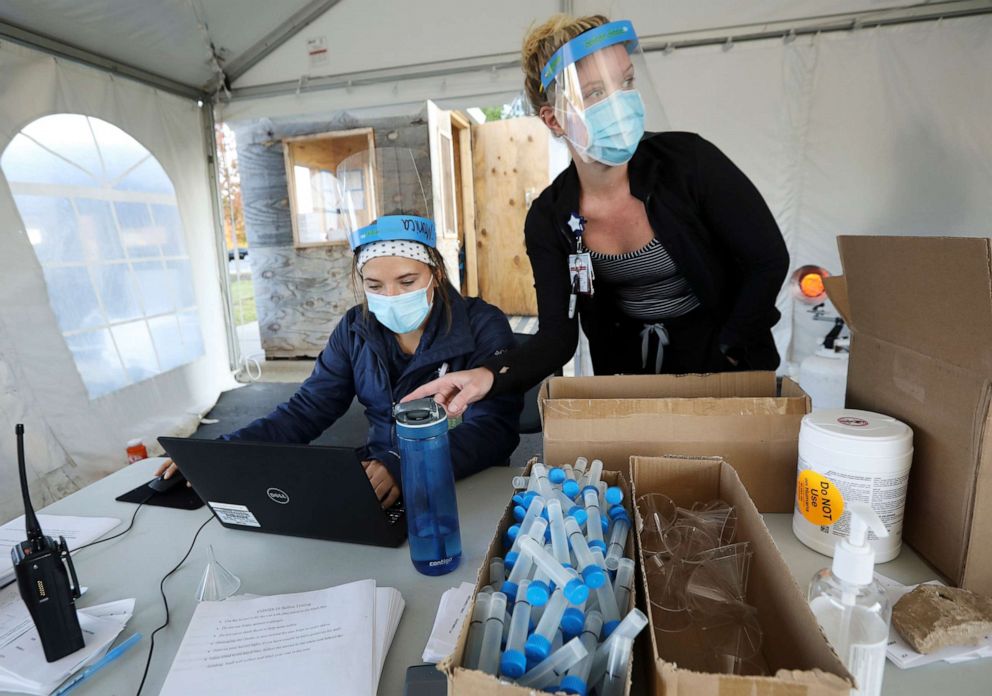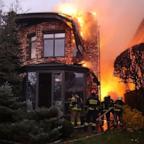White House coronavirus task force briefing shows 26 states in 'red zone'
Twenty-six U.S. states are currently considered in the "red zone" for COVID-19 cases, according to the latest White House coronavirus task force weekly briefing for governors.
Last week's briefing showed 24 states in the red zone for cases, up from 22 states the week prior. The red zone indicates more than 100 new cases per 100,000 population over the past seven days.
The latest briefing, dated Oct. 11, also shows 19 states and Washington, D.C. in the "orange zone," indicating between 51 and 100 new cases per 100,000 population last week.

Five states are in the "yellow zone," indicating between 10 and 100 new cases per 100,000 population last week, according to the latest briefing. For weeks, there was only one state -- Vermont -- listed in the green zone, but it has since been moved to the yellow zone.
Some of the states exhibiting particularly concerning trends, as detailed in the briefing, are Wisconsin, Indiana, Idaho, South Dakota, North Dakota and Montana.
ABC News' Josh Margolin and Arielle Mitropoulos contributed to this report.






